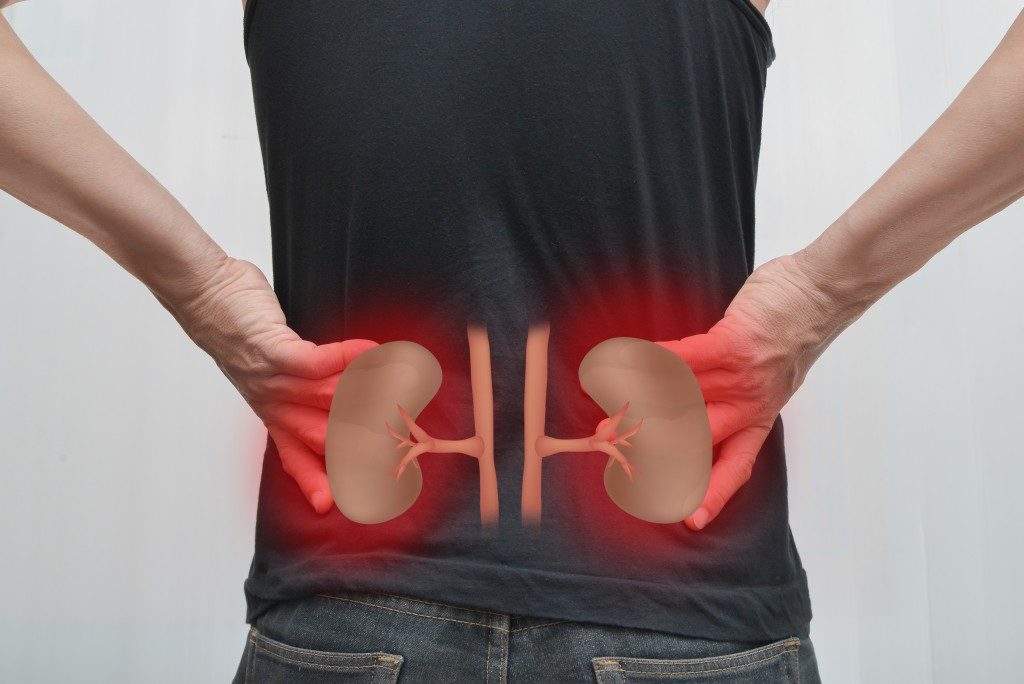Kidney failure can be caused by many different conditions, including diabetes, kidney inflammation and high blood pressure, among many things. In general, doctors will recommend dialysis when your kidneys only function at about 10% to 15%.
A hemodialysis is a form of dialysis that basically does your kidneys job when they cease to work properly. During a session, a machine called a dialyzer would be used for eliminating waste products, water, and salt from the blood.
Hemodialysis can likewise help balance nutrient levels and regulate blood pressure. It is typically used on individuals with late-stage kidney failure and those who have acute kidney injuries.
What Happens During Hemodialysis
The doctor will first create an incision on the arm that will serve as the access site for the needles. Two needles attached to a narrow plastic tube connected to the dialyzer will be inserted in the arm. The dialyzer will then take in blood via one of the tubes and enable the buildup of waste and fluids in the blood to pass through a cleansing fluid.
Once the blood has been filtered, it will be returned back to the body via the other tube. During the procedure, you’ll just be sitting in a chair and are free to nap, read, watch TV, or tinker on your mobile phone or tablet.
Expect to receive dialysis three times weekly, with each session taking around three or four hours. Hemodialysis can be performed at home, in a hospital, or in one of the reputable dialysis clinics in San Antonio. Before each hemodialysis session, your blood pressure, weight, temperature, and pulse will be checked.
What to Expect After Hemodialysis
After the session, the needles will be removed, and the access site dressed to stop the bleeding. You will require regular blood tests to see whether or not the treatment is going. Make sure to inform your doctor if you experience any severe or strange side effects.
It is likewise vital to note that you might experience a couple of these side effects during and following your hemodialysis session:
- Dizziness, nausea, headache
- Cramps
- Low or high blood pressure
- Confusion
- Difficulty sleeping
- Itching
- Exhaustion
- Bone problems
- Anemia
- Arrhythmia or irregular heartbeat
- Overload or fluid inside the body
- Blockage or infection of the access site
- Increased potassium levels
- Amyloidosis, which occurs when blood proteins are deposited in the tendons and joints
- Depression
How to Know If Your Hemodialysis Treatment is Working

Generally speaking, you will know and feel when your hemodialysis sessions are working. One of the first signs is an increase in energy levels and better appetite. Also, since hemodialysis lowers the accumulation of fluid and salt in the body, you will experience less swelling in your limbs (edema) and breathing difficulties, if applicable.
It is, however, very crucial to note that you may have to wait for a couple of months to get used to hemodialysis.
Fortunately, you can make the entire process easier on yourself taking your meds, following a healthy diet, restricting your fluid intake, and visiting your doctor regularly.



